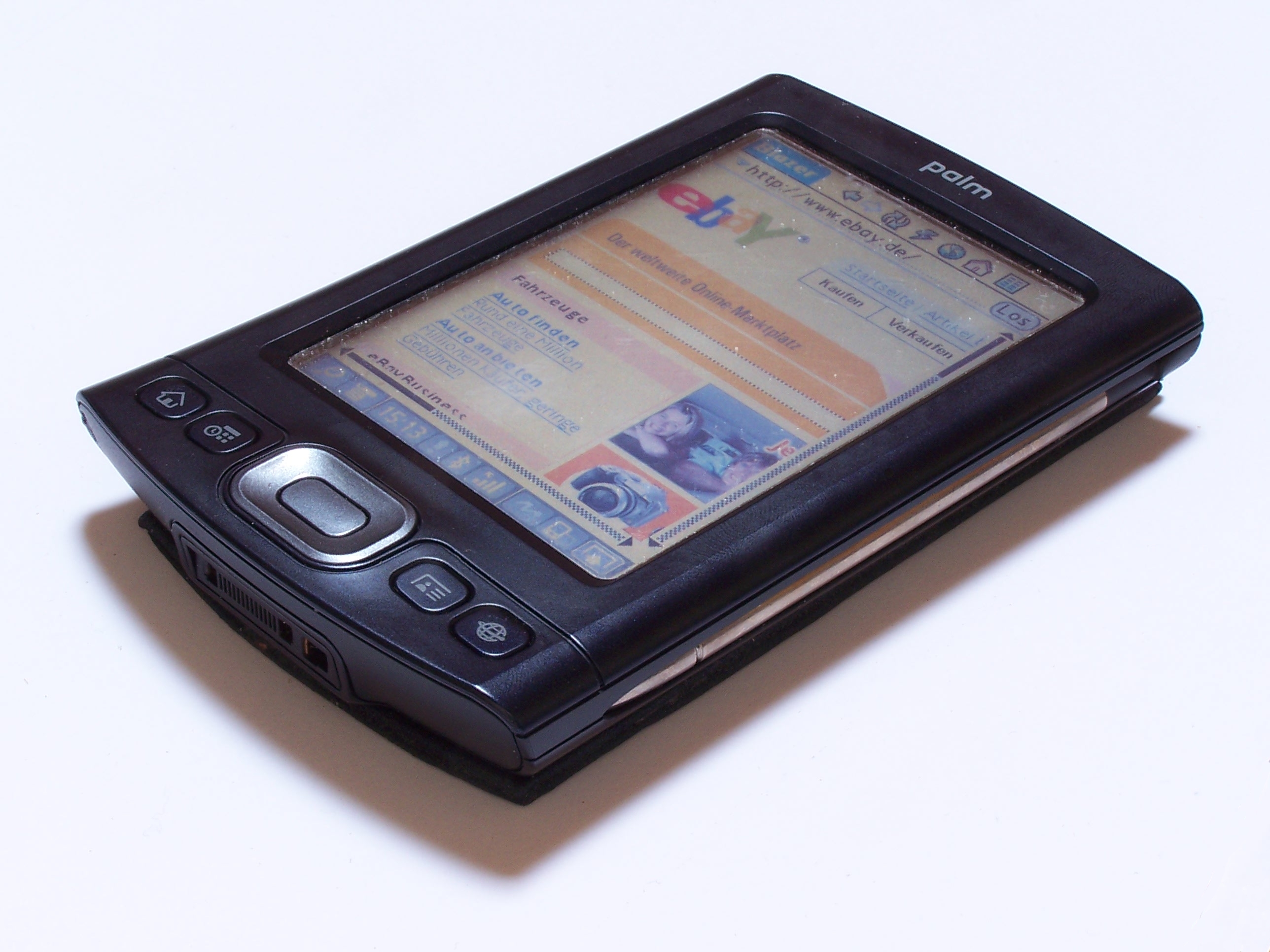Week 2 Obsolete technologies
As we know a massive amount of new technologies were developed in the 20th century. People made many inventions in different fields, including internet. But today, many of them are forgotten and replaced by newer technologies. However, some were developed and are still used by many people
PDA
A personal digital assistant (PDA), also known as a handheld PC is a portable computing device with broad functionality. The PDA is often called a "palmtop" because of its small size. Initially, PDAs were intended for use as electronic organizers. It is impossible to make calls from a “classic” PDA, and a PDA is not a mobile phone, therefore, by now, classic PDAs are almost completely replaced by communicators - PDAs with a cellular communication module and smartphones.The first PDA, the Organiser, was released in 1984 by Psion, followed by Psion's Series 3, in 1991. The latter began to resemble the more familiar PDA style, including a full keyboard.

Functionality of PDA:
- Books reading
- Diary and schedule
- All kinds of records: memos, contact information, lists, databases.
- Sound player
- Dictaphone
- Handwritten notes
- Viewing images, videos, films
- Internet access
- Maps
- Games
The most common operating systems pre-installed on PDAs are:
- Palm OS
- Microsoft Windows Mobile (Pocket PC) with a Windows CE kernel
Other, rarely used operating systems:
- EPOC, then Symbian OS (in mobile phone + PDA combos)
- Linux (e.g. VR3, IPAQ, Sharp Zaurus PDA, Opie, GPE, Familiar Linu] etc.)
- Newton
- QNX (also on iPAQ)
CONNECTING TO THE INTERNET VIA TELEPHONE LINE
Dial-up is a service that allows a computer to connect to another computer (access server) to initiate a data transfer session (for example, for access to the Internet) using a modem and a public telephone network. Typically, dial-up refers only to Internet access on a home computer or dial-up access to a corporate network using point-to-point PPP (theoretically, you can also use the outdated SLIP protocol).
Starting from 2000, broadband Internet access using DSL technology has replaced modem access in many parts of the world. Broadband typically offers speeds of 64 kbps and up for a fraction of the cost of dialup. The ever-increasing volume of content in areas such as video, entertainment portals, media, etc., no longer allows sites to operate on dialup modems. However, in many areas, dial-up access is still in demand, namely where high speed is not required. This is partly due to the fact that in some regions the laying of broadband networks is economically unprofitable or, for one reason or another, is impossible.
Surprisingly, even with high-speed internet available across the country, an impressive number of people still connect to the internet via telephone lines. But a survey by the Pew Research Internet Project found that 2% of Americans still use this kind of Internet. This is about 5 million people who use a modem, and the majority of them lives in rural areas.
Another explanation is that many people who use such a service do not even realize how useless it is. About 75% of users also have broadband, but they don't know that if they disconnect from the phone line, they will still have an access to the Internet. Such a connection brings companies about 80% of the profits, which is very suspicious.

Sources:
https://en.wikipedia.org/wiki/Personal_digital_assistant
https://en.wikipedia.org/wiki/Dial-up_Internet_access
https://interestingengineering.com/10-obsolete-technologies
Comments
Post a Comment